Micro-inverters Explained
What are the benefits of micro-inverters?
The homeowners who are more affected by shading and are also those that can benefit the most from micro-inverters. Micro-inverters are also excellent for difficult roof orientations, starter systems and small applications.
Micro-inverter Benefits
Individual Optimization
Micro-inverters optimizes for each solar panel alone, not for your entire solar system, as central inverts do. This enables every solar panel to perform at their maximum potential. In other words, one solar panel alone cannot drag down the performance of entire solar array, as opposed to central inverters that optimize for the weakest link.
“Shading of as little as 9% of a solar system connected to a central inverter, can lead to a system-wide decline in power output with as much as 54%.”
If one solar panel in a string had abnormally high resistance due to a manufacturing defect, the performance of every solar panel connected to that same central inverter would suffer.
Likewise, coverage issues such as shading, dirt, snow and even slight orientation mismatch on one of the solar panels would not bring the entire solar system down.
Maximum Power Point Tracking (MPPT)
One of the tricky things about solar cells is that voltage needs to be adjusted to light level for maximum output of power. In other words, the performance of a solar panel is dependent on the voltage load that is applied from the inverter.
MPPT is a technique used to find the right voltage – the maximum power point. When MPPT is applied to each individual panel, as opposed to the solar system as a whole, performance will naturally increase.
Longer Warranty
Since micro-inverters are not exposed to as high power and heat loads as central inverter, they also tend to last significantly longer. Micro-inverters typically come with a warranty of 20-25 years – 10-15 years longer than central inverters.
Easily Expandable
Expanding your solar system with more solar panels later on is easier with micro-inverters. You don’t have to worry about restringing or getting a second central inverter installed.
Central inverters come in limited sizes – you might end up having to pay for one that is much bigger than what you actually need.
Performance Reports
Web-based monitoring on a panel-by-panel basis is usually available both for homeowner and installer. Continuously analyzing the health of the solar system can pave the way for additional tweaks and performance improvements. There are even mobile applications that enable you to monitor your PV system when on the road.
No Single Point of Failure
Unlike central inverters, if there is something wrong with either one of the solar panels or the micro-inverter that sits on the back of it, the rest of the solar system is unaffected and still up and running.
Improved Safety
Solar panels are connected in series before they are fed into a central inverter, typically with an effective nominal rating of 300-600 VDC (volts of direct current). This current is potentially life threatening.
Micro-inverters eliminate the need for high voltage DC wiring, which improve the safety for both solar installers and system owners.
Silent
Since micro-inverters dissipate significantly less heat than central inverters do, there is no need for active cooling, which enables them to operate without noise.
Dual Micro-Inverters
In 2011, dual micro-inverters were introduced to the market. They essentially do exactly the same as regular micro-inverters, only on two solar panels instead of one. This lowers costs, but at the price of performance.
How Much Do Micro-Inverters Cost?
Numbers from 2010 reveal that central inverters averaged at $0.40/Wp (watt-peak), while the price of micro-inverters significantly higher at $0.52/Wp.
Higher initial cost per watt-peak does not necessarily mean micro-inverters are ultimately going to cost more. Several other factors have to be taken into account.
Solar installations with micro-inverters are simpler and less time consuming, which typically cut 15% of the installation costs. Better durability and longer lifespan should also be considered.
Cost Analysis is Necessary
We evaluate the usefulness of micro-inverters by looking at two numbers:
- Lifetime costs ($)
- Lifetime energy production (kWh)
This is essentially what it all comes down – divide costs by energy production and you`re left with how much money you have to pay for every kWh your solar system produce. Every situation is different – there are a lot of variables to take into account in order to find those two numbers.
““A total cost of ownership analysis of a PV solar system can only be carried out after detailed examination of capital and maintenance costs, and an understanding of how much energy will be harvested over the life of the system.””
The Bottom Line
Which inverter is right for You?
Are micro-inverters, dual micro-inverters, or a central string invert the better choice in your particular situation? It depends.
The homeowners who are more affected by shading are also those that can benefit the most from micro-inverters. Micro-inverters are also excellent for difficult roof orientations, starter systems and small applications.
Regardless of your situation, Solar Electric is experienced in each system type and can develop and install the best system for you.


